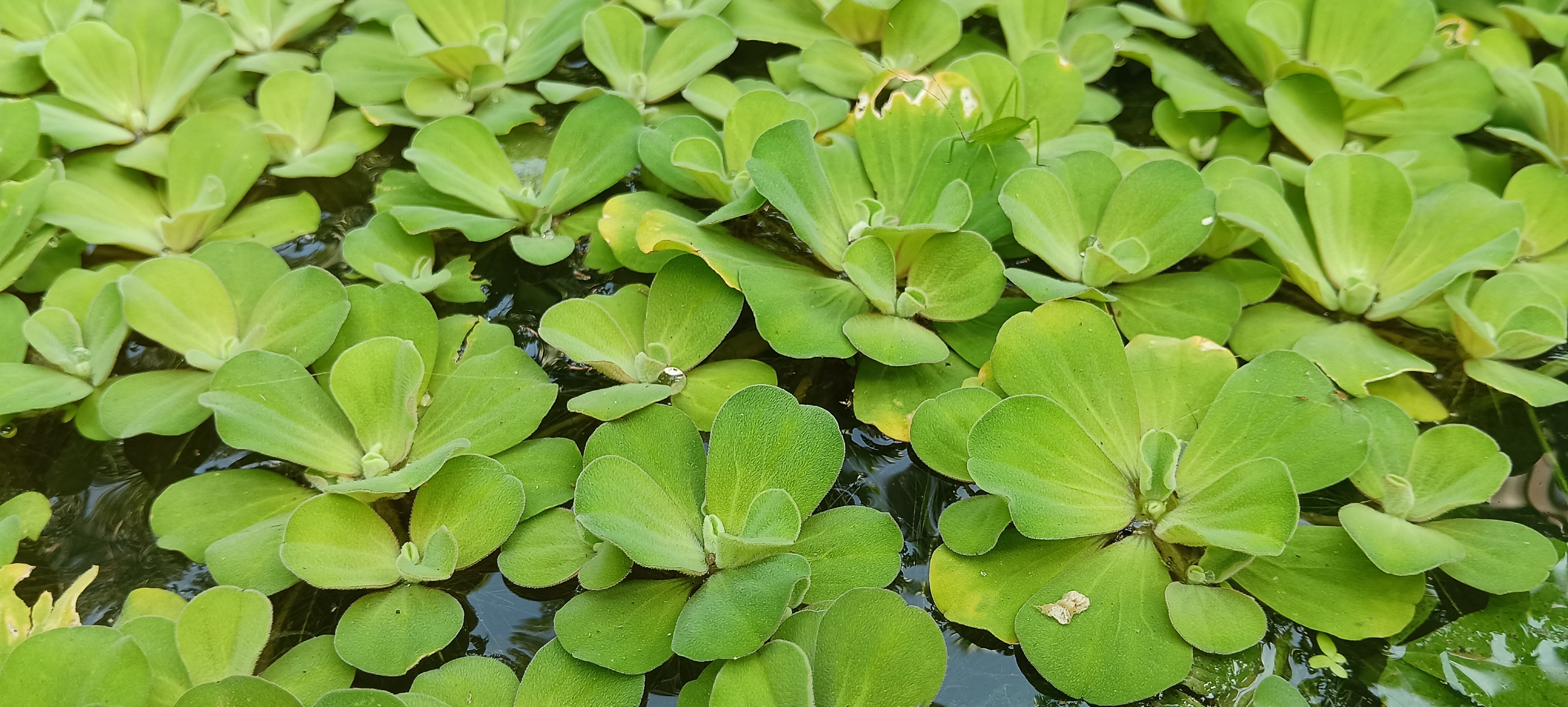How invasive water plants are stressing South Africa’s estuaries
South Africa’s estuaries are home to a unique mix of plant and animal life and provide vital ecosystems services. However, a new study by CSIR researchers has revealed that some nuisance water plants are throwing these delicate ecosystems off balance - literally.
New research shows that invasive plants in South Africa’s estuaries cause extreme swings in water pH from day to night, potentially creating stressful conditions for fish and other aquatic life.
CSIR senior researcher Aadila Omarjee says that estuaries on South Africa’s subtropical east coast are especially vulnerable to invasive water plants. Many of these estuaries naturally close off from the sea during dry seasons, leaving them more exposed to pollution-driven plant growth.
This pollution, often from agricultural and urban runoff as well as the lack or failure of sewerage systems, leads to eutrophication – a process in which excess nutrients supercharge plant and algae growth. While plants may seem like a good thing, too much of the wrong kind can cause serious problems.
A controlled experiment to uncover the problem
To better understand how nuisance plants impact estuary health, Omarjee and her team conducted a controlled outdoor experiment at the CSIR in Durban, KwaZulu-Natal. They studied two problematic species: water lettuce (Pistia stratiotes), a floating invasive alien plant, and filamentous algae (Rhizoclonium riparium), a cosmopolitan species that reaches nuisance levels when it grows excessively. By simulating real estuary conditions, the researchers measured how these plants affected pH levels during the day (when photosynthesis happens) versus at night (when respiration takes place).
"We simulated natural estuarine conditions specifically to see how aquatic plants affect daytime and nighttime pH levels,” says Omarjee. “In other words, our question was: How does the pH of the water that the animals live in change on a daily basis?”
Omarjee’s pH study forms part of the CSIR’s extensive research on estuaries to assess their health, identify threats and develop strategies for sustainable management and restoration.
Extreme pH swings equal stressed estuaries
The results demonstrated how aquatic plants can absorb carbon dioxide and hydrogen carbonate from the water during daytime photosynthesis, thereby raising the pH (lowering acidity). At night, however, they release the carbon dioxide back into the water, lowering the pH again (increasing acidity).
CSIR researchers measured how invasive water lettuce and nuisance alga affect water pH in a simulated closed estuary. Natural pH fluctuations in estuaries are normal and important for biological and chemical processes, but an excess of nuisance plants can lead to extreme day-night shifts in pH or long-term acidification. This, in turn, can increase the toxicity of metals to animals and plants living in the water.
In this case, the submerged algae caused the biggest pH swings between day and night, while water lettuce made the estuary more acidic over time. This happens because submerged algae absorb carbon dioxide from the water during the day, raising the pH, and release it at night, making the water more acidic. In contrast, floating water lettuce releases its photosynthesis byproducts into the air. However, over time, water lettuce also contributes to increased acidity in the water.
“This balance between photosynthesis and respiration drives daily pH changes,” explains Omarjee. While natural pH fluctuations in estuaries are normal and important for biological and chemical processes, she says an overload of nuisance plants due to eutrophication can push the limits leading to extreme day-night shifts in pH or long-term acidification. This, in turn, can increase the toxicity of metals to animals and plants living in the water.
Omarjee highlights that this study is the first to show how South Africa’s estuaries – especially smaller, temporarily closed ones – are particularly vulnerable to these disruptions. Most previous research has focused on larger, permanently open estuaries in the northern hemisphere, which behave differently.

“South Africa’s estuaries provide essential ecosystem services and support rich biodiversity, so understanding threats like eutrophication is critical,” says Omarjee.
“Ultimately, the proliferation of nuisance water plants is linked to global environmental change, particularly pollution from agriculture, industry and urban development that dumps excessive nutrients into our water systems.”
Omarjee’s research underscores the need for better estuary management, pollution control and strategies to restore natural balance to these vital ecosystems.
This research was funded by a CSIR Parliamentary Grant and CSIR Young Researchers Establishment Fund. It addresses SDG 14.

